Mac Won't Turn On After Update? 12 Solutions
 9.6K
9.6K
 0
0
Every time a new version of macOS is released, Mac users cannot wait to downloading and installing, trying those long-awaited new features. Updating to new macOS can be a delighted process for most of Mac users, while, some of us may be suffering from such an update for different reasons, like Mac won’t turn on after update to macOS Sequoia, Sonoma, Ventura or earlier versions. If you run into such problem, in this article you can find the most complete guide ever to get it solved, also you are given the best solution for how to prevent data loss if Mac is not turning on after such an update.
 Cisdem Data Recovery for Mac
Cisdem Data Recovery for Mac
Never Lose Files after macOS Update
- Restore data from a corrupted, crashed or unbootable Mac after update
- Recover files after upgrade or downgrade from Sequoia, Sonoma, Ventura, Monterey, etc.
- Recover lost, deleted, virus-attacked files or other data lost due different reasons
- Recover videos, audios, folders, documents, etc., approx. 200 file types
- Repair unplayable videos
- Scan both internal and external hard drive, including SD Card, USB, media player, etc.
- Preview files before recovery
- Recover files to local drive or cloud
 Free Download macOS 10.9 or later
Free Download macOS 10.9 or later
How to Recover Data from Mac that Won't Turn on After Update?
Most importantly, the process of fixing “Mac/Macbook won’t turn on after update” issue will potentially overwrite old data on your Mac hard drive, which will further lead to permanent data loss. So it’s suggested to recover data from your Mac prior to fixing. Here we recommend Cisdem Data Recovery, a dedicated tool used to rescue files from a Mac that is not tuning on, unbootable, crashing, damaged out of various reasons.
What’s more, Cisdem is also a great helper to deal with any data loss on Mac after upgrading to macOS Sequoia, Sonoma, Ventura, Monterey or other versions. It is designed to recover virtually all kinds of data lost due to system update, factory resetting, deletion, formatting, virus attack, etc., no matter you want to recover files from external or internal hard drive on Mac.
 Free Download macOS 10.9 or later
Free Download macOS 10.9 or later
Steps to recover data from Mac that won’t turn on after update:
-
Step 1. Boot your Mac that won’t turn on into Recovery Mode.
-
Step 2. Ensure that the Mac is connected to a Wi-Fi or Ethernet network, and launch Terminal in the Utilities from the top menu bar.
![recover data from mac that won't turn on after update 01]()
-
Step 3. Enter sh <(curl https://download.cisdem.com/boot.sh) and press Return.

-
Step 4. Wait for Cisdem Data Recovery to open automatically.
![recover data from mac that won't turn on after update 03]()
- Step 5. Select the Mac hard drive and click "Search for lost files" for scanning.
![recover data from mac that won't turn on after update 04]()
- Step 6. Once the scanning finishes, all the found files will be filed in different folders, find the ones you want to recover and preview.
![recover data from mac that won't turn on after update 05]()
- Step 7. Select all the wanted files, then click “Recover” to restore them into a safe location.
![recover data from mac that won't turn on after update 06]()
12 Solutions: Mac Won't Turn on After Update to macOS Sequoia, Sonoma, etc.
The “Mac Won't Turn On After Update” issue can be caused by different reasons, here we collect 12 feasible solutions to get it fixed.
#1 Force to Restart Mac
Whenever a problem occurs, restarting your device is always the simplest yet efficient way to fix it. Restarting can start up the Mac fresh by clearing memory.
Just leave the Mac as it was, press and hold on the Power button to turn the Mac off, then hold and press the Power button after several seconds to turn the Mac ON again, also you can press the hot keys combination to force restart your Mac: Control+Command+Power.
#2 Check the Display
It seems to many Mac users that there is no necessity to check the display when a Mac won't start after update to Sequoia, Sonoma, Ventura or Monterey. However, the opposite is true. Sometimes, it is just the reason of a damaged or unconnected display. When you start the Mac, listen carefully if it makes any sounds. If yes, display won’t be the problem; if not, re-connect the power cables, then restart the machine. If it still fails to turn on, find a technician.
#3 Check the Power
Power is required to turn on a Mac and we need to make sure there is enough power supply to run a Mac.
If you are using Mac with battery, make sure there is enough power for macOS update, because the upgrading takes time. Or you can remove the battery and plug in a charger to guarantee there is enough power supply.
If you are using Mac connecting to power supply, make sure the power cord and adapter are plugged in properly. If it still doesn’t work, unplug and re-plug to check and test, or you can test with a lamp or other device.
#4 Power Cycle the Mac
Do a power cycle on the device is also an easy way to refresh your Mac, potentially eliminating any errors that prevent it from turning on after update. To do so, turn off or unplug the Mac, wait at least 30 seconds, and turn it back on or plug in it again. That’s it. If you are lucky, the Mac will start up properly. If not, continue your reading.
#5 Unplug All Accessories
Believe it or not, accessories connected with your computer will result in Mac won’t turn on after update issue as well. In this case, disconnect all the accessories or peripherals on your Mac, particularly the recently installed memory or hard disk that may be not compatible on the Mac. Finally restart the computer to see if it can boot up smoothly.
#6 Use Apple Diagnostics to Check Hardware Problems
There will be some hardware-related reasons causing the “Mac won't turn on after macOS update”, then, you can use Apple Diagnostics to find out the problem.
Apple Diagnostics helps to test Mac hardware and suggests solutions, that is to say, you can use this tool to find out which hardware on your Mac runs into a problem.
- Remove all external devices.
- Press Power button to restart.
- Press and hold D key when Mac is restarting.
- Apple Diagnostics will start automatically, once finishes, follow its suggestions to fix hardware issues.
![apple diagnostics]()
#7 Run Disk Utility/Terminal in Recovery Mode
As we mentioned above, a damaged hard drive or SSD may be the reason stopping you from opening the Mac after update. Besides using Apple Diagnostics, users can also use Disk Utility in Recovery Mode to repair the disks for Mac start-up.
- Press Power button.
- Press and hold Command+R.
- Release Command+R when apple logo appears on the Mac screen.
- Choose Disk Utility in the macOS Utility interface.
![disk utility]()
- Select the drive and choose First Aid to repair your disk. Also, you can try Terminal to do the repairing.
#8 Boot Mac in Safe Mode
If your Mac won't turn on after update to macOS Sequoia, Sonoma, Ventura or Monterey, you can try to boot Mac in safe mode. Mac safe mode is a path to start the Mac while performing some checks and repairing your Mac, also preventing some programs from launching automatically, which is a good way to build an efficient environment to start your Mac.
- Press the Power button to start your Mac.
- Press and hold Shift key when you hear the start-up sound.
- Once you see the Apple logo, release the Shift key and wait for your Mac to start in safe mode.
![boot mac in safe mode]()
#9 Reset NVRAM
NVRAM means non-volatile random access memory, which refers to a small amount of special memory in each Mac to store the information that your Mac needs before it loads the operating system. If there is something wrong goes on the values of NRRAM, your Mac won’t start up, and this happens when you upgrade your Mac to a new macOS version. So, we can reset NVRAM if your Mac doesn’t turn on.
- Press Power button, then press and hold Option+Command+P+R for 20 seconds.
- Then release the keys to allow your Mac to continue starting.
- Then check the Startup Disk, Display, Date & Time and reset as needed.
#10 Reinstall macOS
Sometimes, a problem just appears during the 1st installation of a new macOS version and reinstalling can magically solve the problem.
- Press Power button.
- Once you hear the sound, press and hold Command+R.
- In the macOS utilities interface, choose Reinstall macOS.
![reinstall macos catalina]()
- Pass the option to format disk and follow the onscreen guide to complete the installation.
#11 Reset SMC
SMC means System Management Controller, a component of your Mac hardware storing settings about power management, temperature monitoring, keyboard backlights and others. Though Apple doesn’t suggest resetting SMC without trying other possible solutions to fix the “Mac Won't Turn On After Update”, it neither mentions any adverse impact by trying this method. If you have tried all possible solutions but still fail, you can reset SMC.
Methods to reset SMC on different Mac will vary a little:
For Desktop Mac---Disconnect the power cord and wait for 15 seconds, then connect it back and wait for 5 seconds, finally start the Mac.
For Portable Mac with removable battery---Shut down the Mac, disconnect the power cord and take out the battery. Now, press and hold Power button for 5 seconds. Then put the battery back, connect the power cord and turn the Mac on.
#12 Contact Apple Support
Well, if you have tried all above-mentioned solutions but Mac still doesn’t turn on, you’d better contact Apple.
1) Turn to Apple Support Page and contact
2) Visit an Apple Store
3) Find authorized service provider.
If it is not that convenient for you to contact Apple Support locally, you can pay to a reliable local technician to fix such a problem.
Why is My Mac/Macbook not Turning on After Update?
To have a deeper understanding of Mac won't turn on after update problem, here several common reasons leading to this error will be listed for your information.
- Power or display errors
- Problematic plug-ins or add-ons
- Physically damaged Power button
- Virus or malware infection
- Corrupted system files
- Software failures
- Hardware malfunction
- ...
Conclusion
When Mac won't turn on after update to macOS Sequoia, Sonoma, Ventura, Monterey or others, you need to restart first. If still fails, try above-listed methods to fix it. In addition, there is one thing you should pay attention to before upgrading macOS, back up all important files. Even if you lost files during the update, you can still restore them using a piece of Mac data recovery software.

Connie Yu has been a columnist in the field of data recovery since 2011. She studied a lot of data loss situations and tested repeatedly to find a feasible solution tailored for each case. And her solutions are always updated to fix problems from the newest systems, devices and apps.

JK Tam is the lead developer at Cisdem, bringing over two decades of hands-on experience in cross-platform software development to the editorial team. He is now the lead technical approver for all articles related to Data Recovery and DVD Burner.




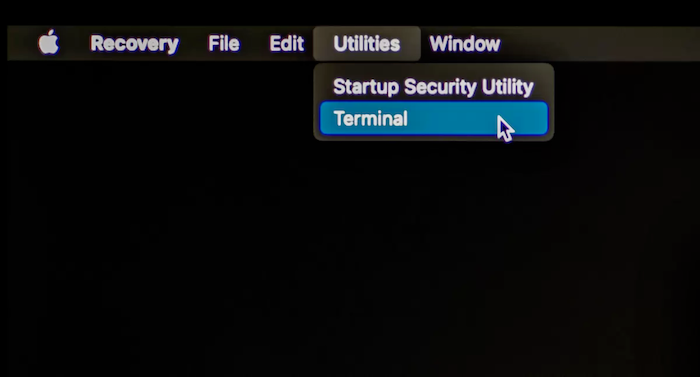
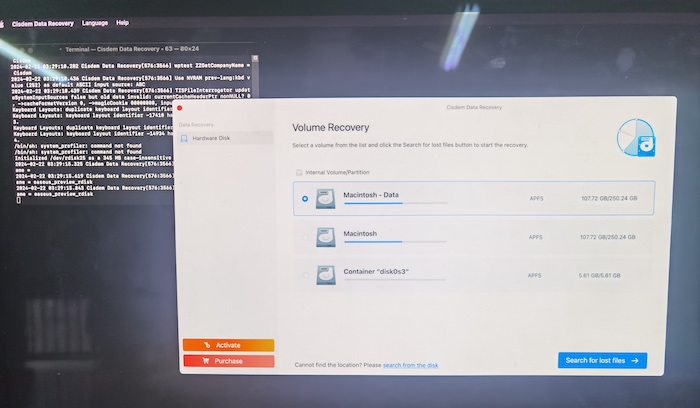
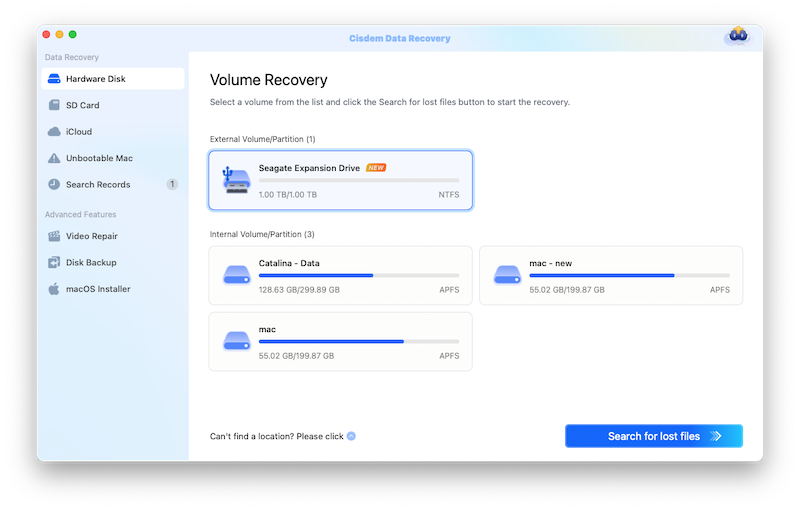
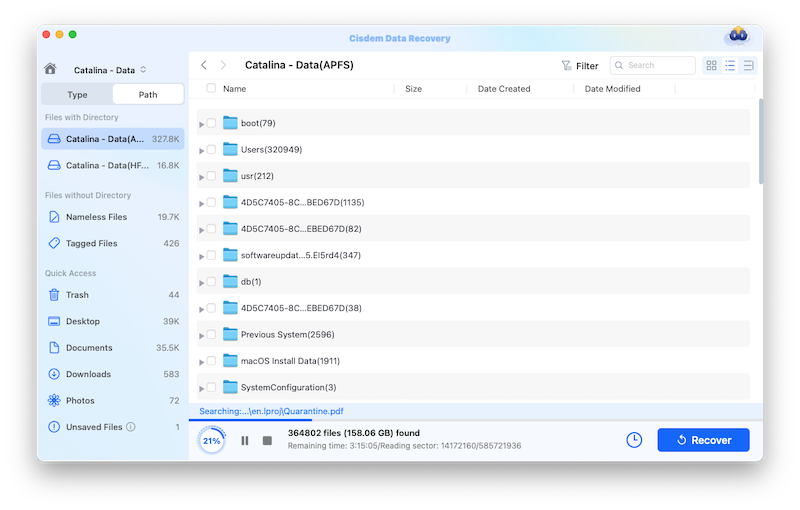
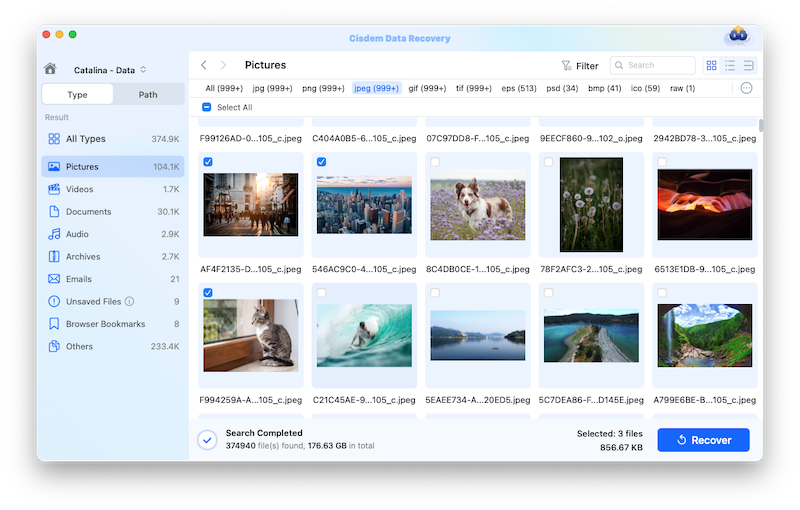

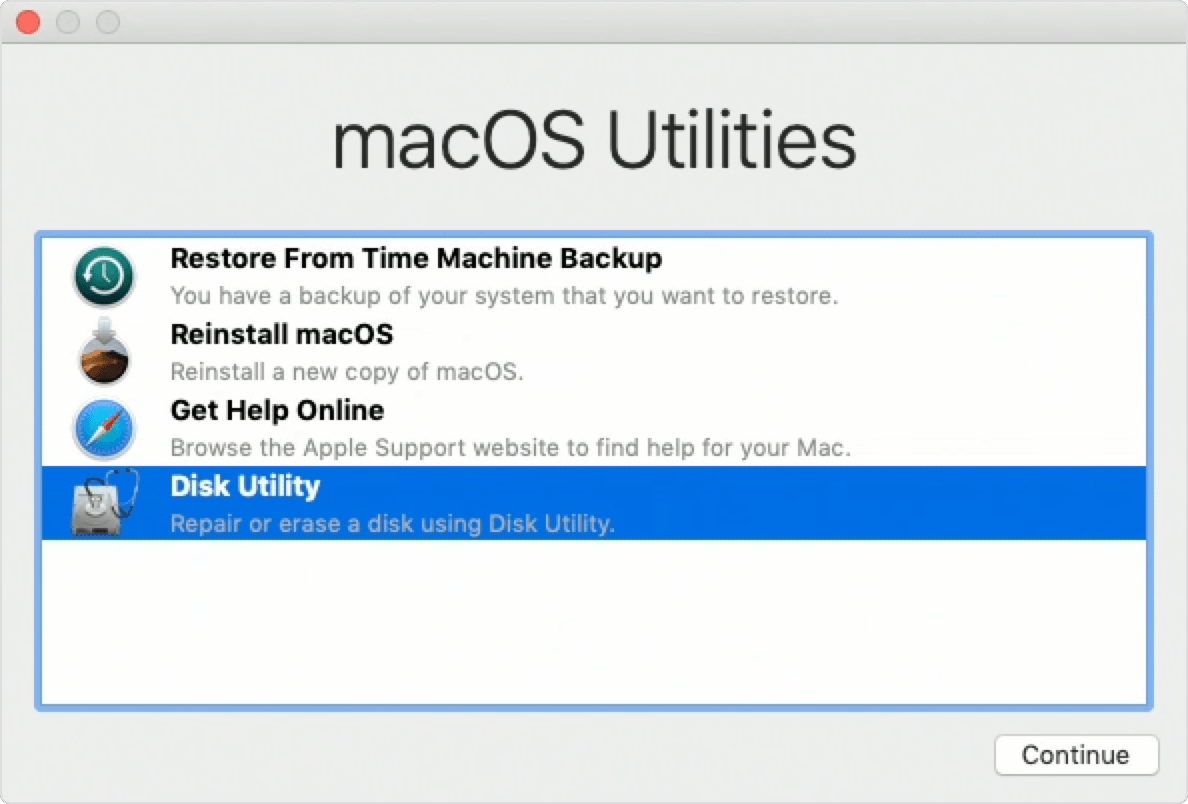
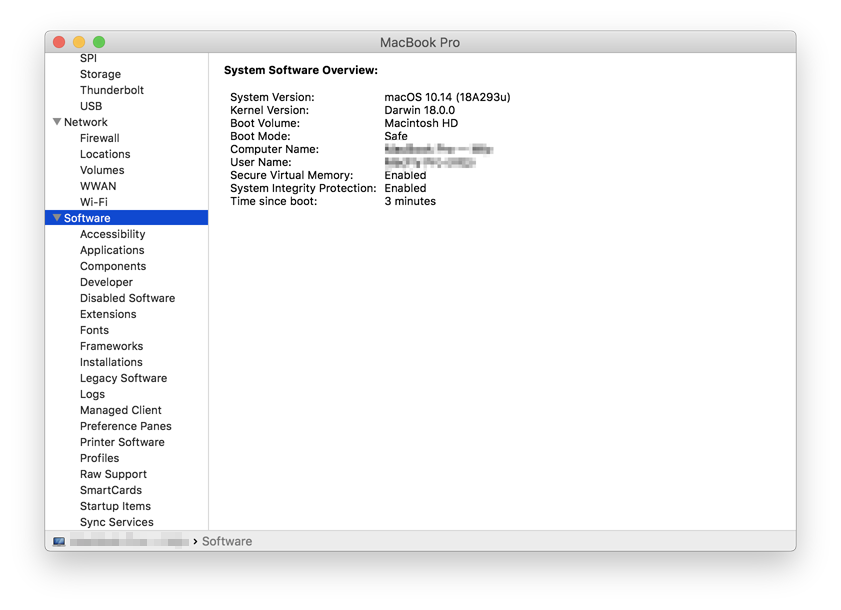
.jpg)